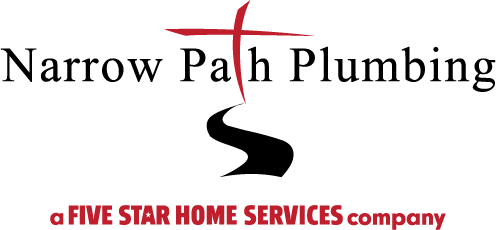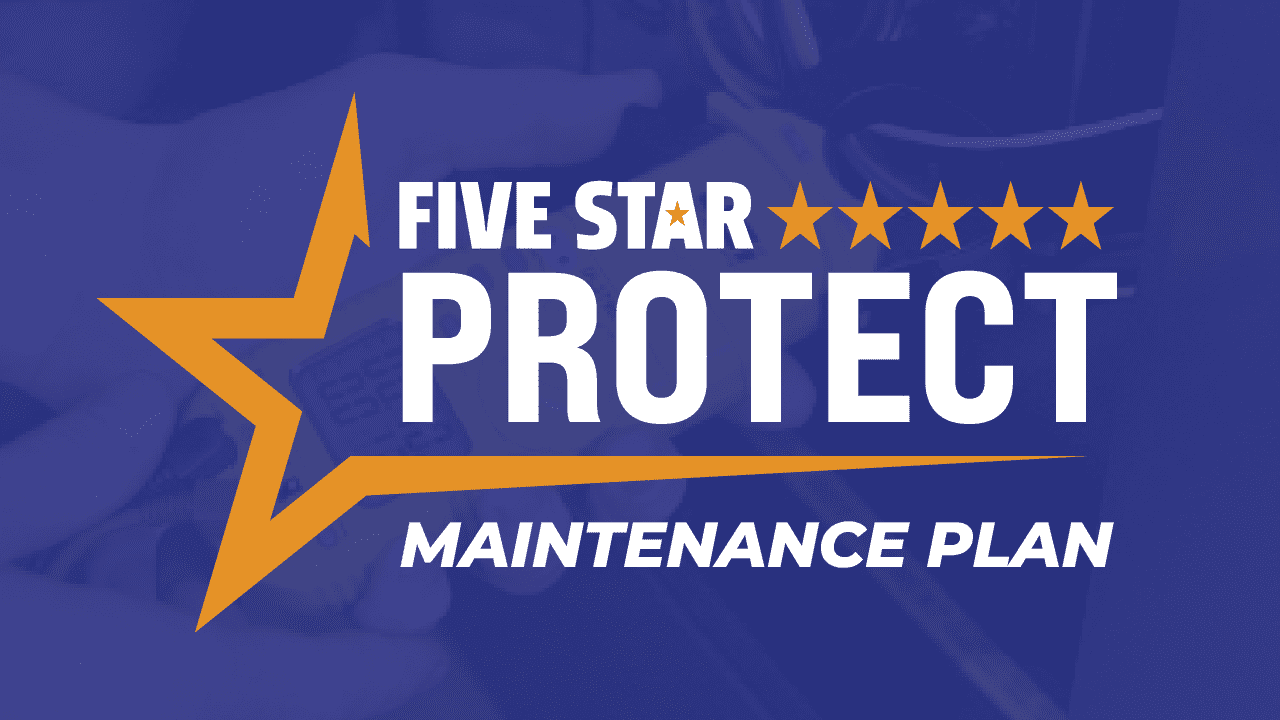 With advances in technology and increased public awareness for energy conservation, people are turning to new avenues of conservation for their homes. Here are a few tips and tools to make the home or office more environmentally conscious while saving on energy costs.
With advances in technology and increased public awareness for energy conservation, people are turning to new avenues of conservation for their homes. Here are a few tips and tools to make the home or office more environmentally conscious while saving on energy costs.
- Install an On-Demand Hot Water Circulation Pump. A recirculation system is a fantastic way to deliver hot water to each hot-water tap in a home instantly. It also avoids the waste of a traditional heating unit where water sits heated for extended periods of time. Beyond providing convenience, this sort of system saves homeowners thousands in wasted water that would go down the drain whilst waiting for the water to travel from the water heater to the shower or sink.
- Dual-Flush Toilets. Another innovation to everyday toileting is the dual-flush toilet. While initially a little more costly, the long term savings add up as a result of a low water option that is typically used for liquid wastes. The other setting is typically used to flush tougher solids, and consumes more energy and water.
- Avoid Using Chemicals when Unclogging the Sink or Drain. There are many natural alternatives to heavy-duty drainers, which typically produce less than ideal results (if any). These sorts of chemicals will eat away at pipes and fittings over time, and can actually cost more in the long run. Instead, consider removing the u-bend to remove blockage directly, or use environmentally friendly products such as BioBen.
- Use the Washing Machine Only When it’s Full. According to Procter & Gamble Co., the average American family washes between 300 – 390 loads of laundry a year. Besides the cost of water, laundry detergent doesn’t come cheap. A 150 oz. jug of laundry detergent typically tells consumers it will last for 96 loads, but most people actually only get about half of that. Shoppers can spend anywhere from $180 – $600 per year on laundry detergent. Why not save some money by conserving water and detergent?
- Install a Low-Flow Showerhead. This is an easy way to significantly decrease water consumption in the home. A 10 minute shower with a standard shower head consumes up to 42 gallons of water per session. A low-flow shower head typically cuts this usage down by almost half.
Consider speaking to a Narrow Path Plumbing specialist about how to install some of these excellent alternatives to more traditional solutions.




